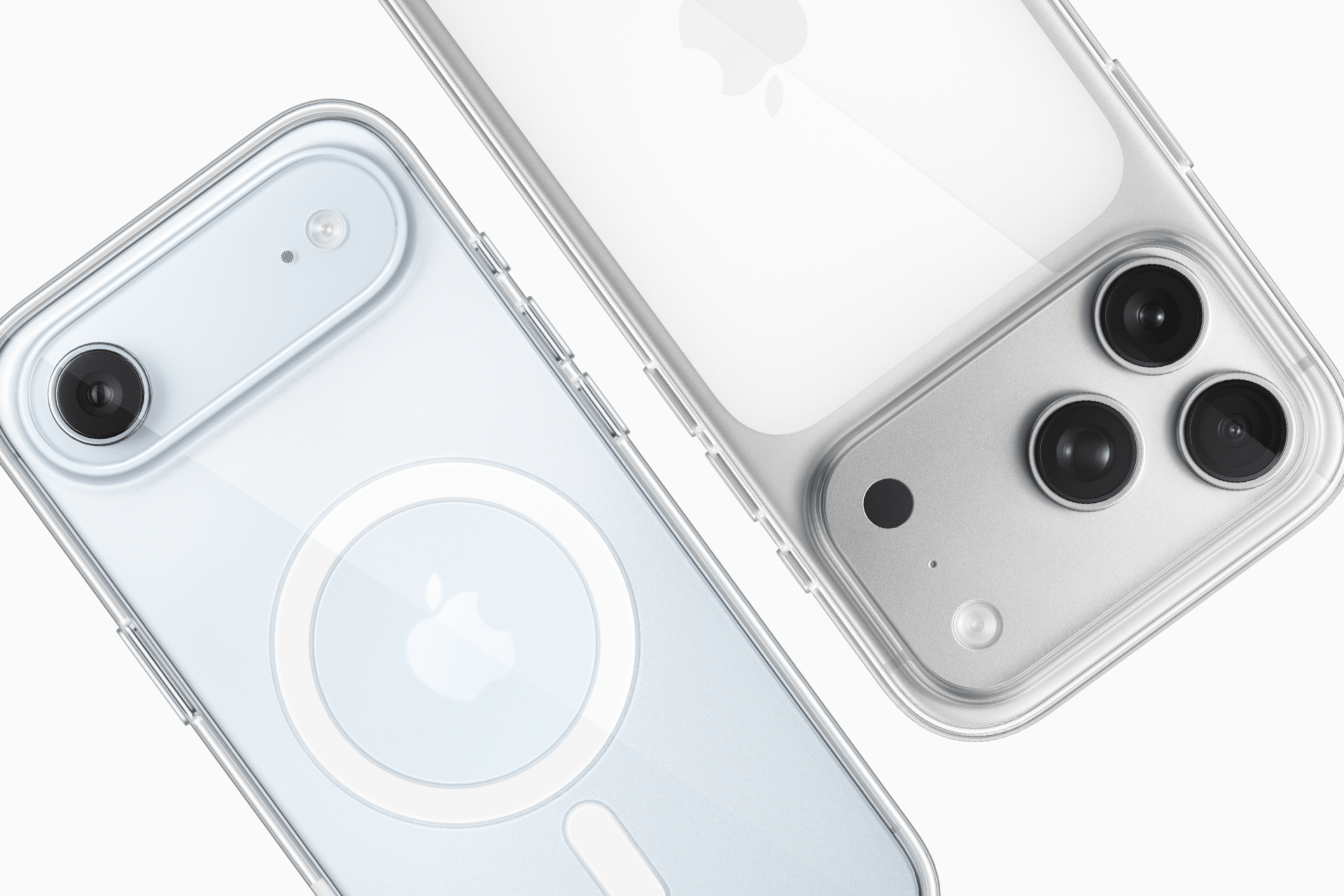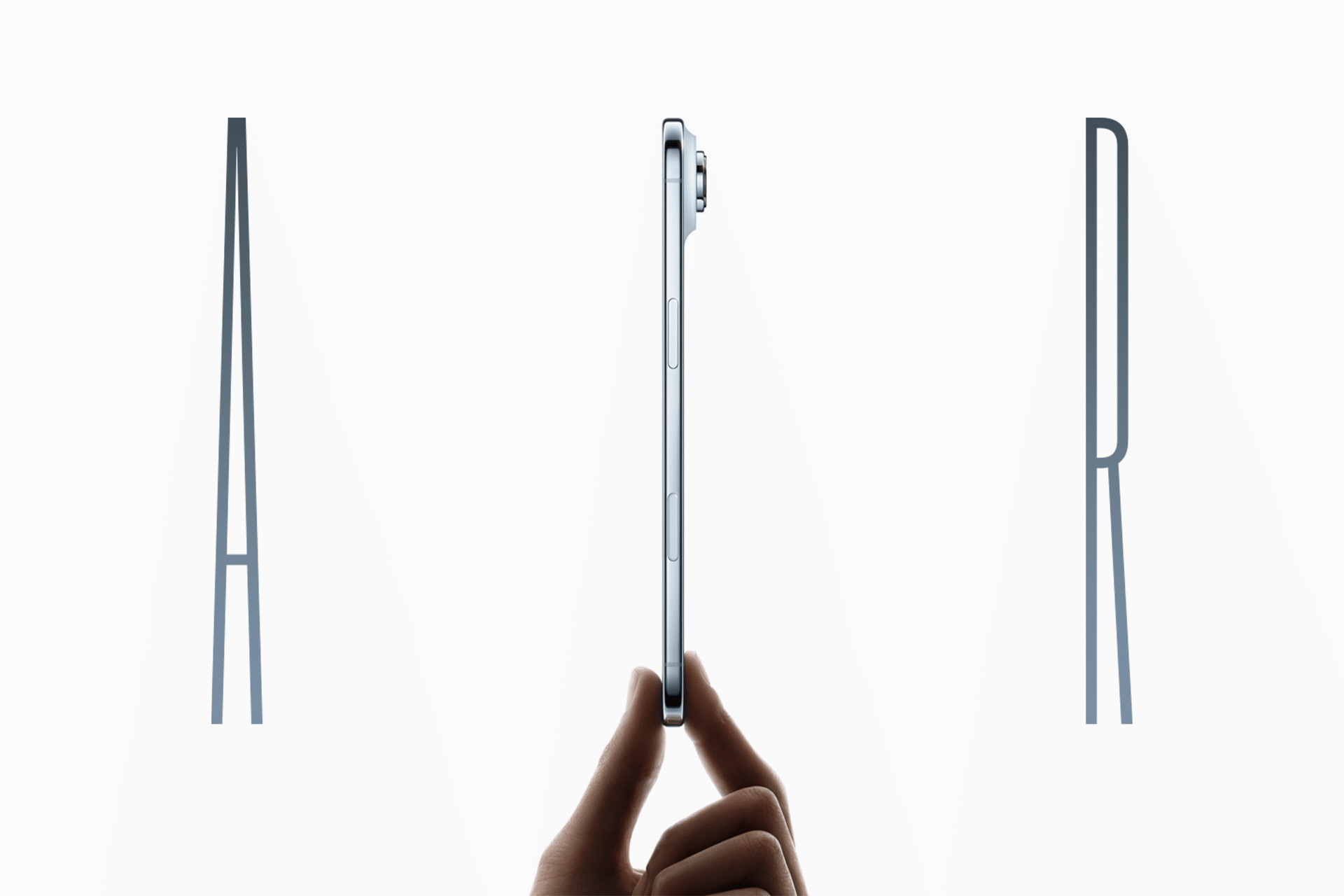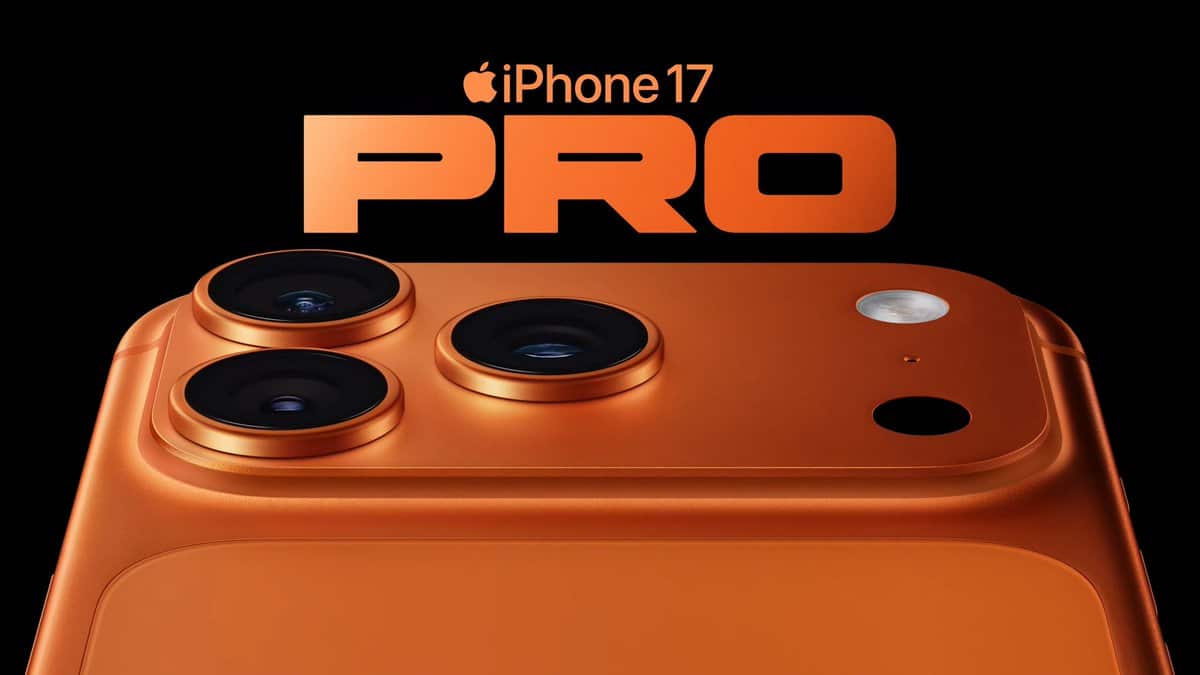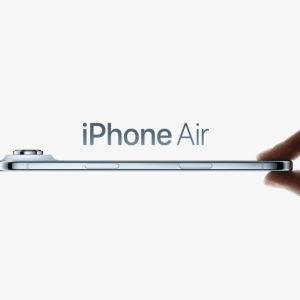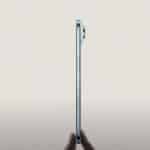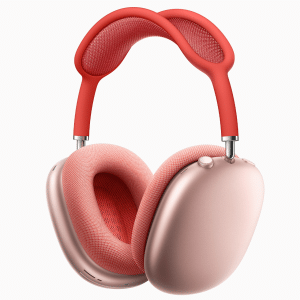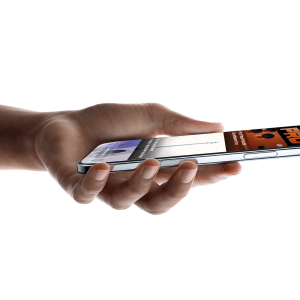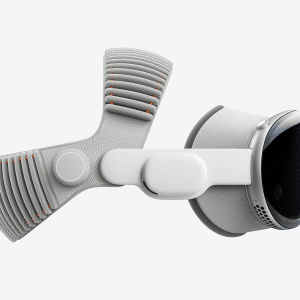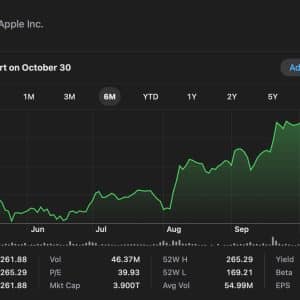The iPhone Air, at just 5.6mm thick, is Apple’s thinnest iPhone ever, featuring a titanium frame with a polished mirror finish and Ceramic Shield 2 on both sides for 3x better scratch resistance and 4x better crack resistance. Its sleek design and 6.5-inch display make it a standout for portability-focused users. In contrast, the iPhone 17 Pro, measuring 8.75mm thick, opts for an aluminum frame, prioritizing weight reduction and heat dissipation over the titanium used in previous Pro models. Both models sport a new rear camera “plateau” design, but the Pro’s larger rectangular housing accommodates a triple-camera system, compared to the Air’s single-camera bar.
Key Difference: iPhone Air prioritizes a lightweight, ultra-thin aesthetic, while the 17 Pro balances durability with a slightly thicker, aluminum-based design.
Performance and Hardware: Power Meets Efficiency
The iPhone 17 Pro is powered by the A19 Pro chip with a 16-core Neural Engine, offering a significant performance boost for Apple Intelligence tasks and intensive workloads. It includes 12GB of RAM and a vapor chamber for enhanced heat dissipation, ensuring sustained performance during gaming or video editing. The iPhone Air, equipped with the standard A19 chip and 8GB of RAM, delivers Pro-level performance but lacks the advanced cooling and extra memory, making it slightly less suited for heavy multitasking.
Storage options also differ. Both start at 256GB, but the 17 Pro and Pro Max offer up to 2TB, while the Air caps at 1TB. The Pro models also support faster 5G RedCap connectivity, compared to the Air’s standard 5G.
Key Difference: The 17 Pro’s A19 Pro chip, higher RAM, and advanced cooling make it the choice for power users, while the Air’s A19 chip suits most everyday tasks.
Camera Systems: Versatility vs. Simplicity
The iPhone 17 Pro boasts a triple 48MP “Pro Fusion” camera system, offering 0.5x, 1x, 2x, 4x, and 8x optical zoom, macro photography, spatial photos, and ProRAW mode. It supports advanced video features like 4K Dolby Vision at 120fps, ProRes RAW, and Genlock, appealing to professional creators. The Air, with a single 48MP Fusion camera, supports 2x optical zoom, Smart HDR 5, and 4K 60fps Dolby Vision but lacks ultra-wide, telephoto, and pro-level video options like Cinematic Mode. Both models feature a 24MP TrueDepth front camera with ultra-stabilized video.
Key Difference: The 17 Pro’s versatile triple-camera system caters to photographers and videographers, while the Air’s single camera covers basic needs with high quality.
Battery Life: Endurance vs. Compromise
Battery life is a major differentiator. The iPhone 17 Pro offers up to 33 hours of video playback (30 hours streamed), surpassing last year’s iPhone 16 Pro Max. The 17 Pro Max pushes further with 39 hours, thanks to a thicker design housing a larger battery. The iPhone Air, constrained by its slim profile, delivers 27 hours (22 hours streamed), matching the iPhone 16 Pro but trailing the Pro models. An optional $99 iPhone Air MagSafe Battery can extend its life to 40 hours, offering a workaround for heavy users.
Key Difference: The 17 Pro and Pro Max excel in battery endurance, while the Air requires external support for comparable longevity.
Pricing and Value Proposition
The iPhone Air starts at $999 for 256GB, positioning it as a premium yet accessible option, $100 less than the iPhone 17 Pro ($1,099) and $200 less than the 17 Pro Max ($1,199). The Air replaces the iPhone 16 Plus, offering better value with its Pro-level chip and larger display. The Pro models, however, justify their higher cost with superior cameras, performance, and battery life, appealing to professionals and enthusiasts.
Key Difference: The Air offers a compelling balance of price and performance, while the Pro models target users needing top-tier features.
Which iPhone Should You Choose?
The iPhone Air is ideal for users prioritizing portability and style, with enough power for most tasks and a price point that undercuts the Pro models. Its thin design and vibrant 6.5-inch display make it a standout for casual users and those drawn to its aesthetic. The iPhone 17 Pro and Pro Max, however, are built for power users who demand the best cameras, longest battery life, and robust performance for AI-driven tasks or creative workflows.
Pre-orders for both models begin September 12, 2025, with a release date of September 19. Whether you choose the sleek Air or the feature-packed Pro, Apple’s 2025 lineup offers something for every user.
